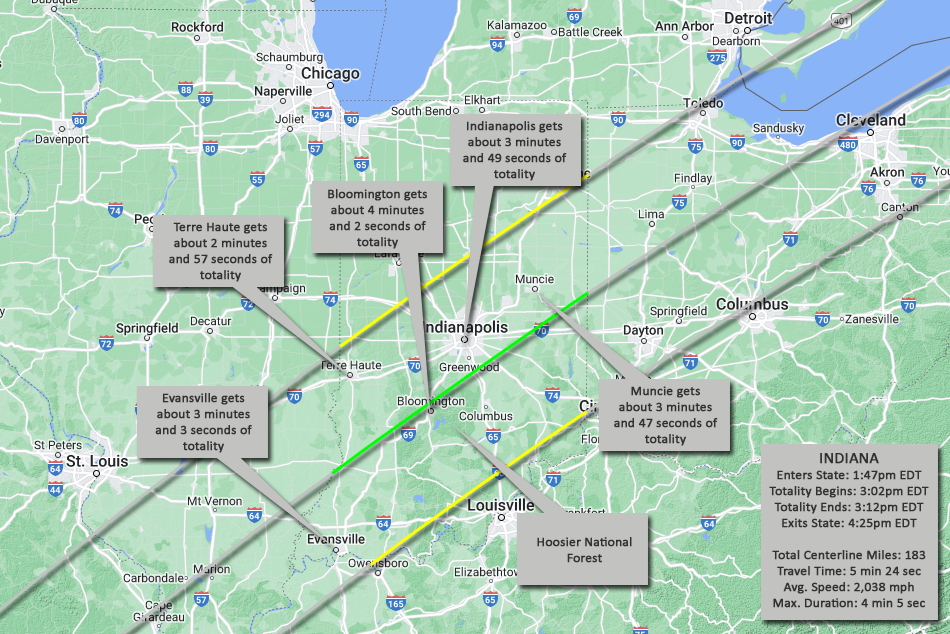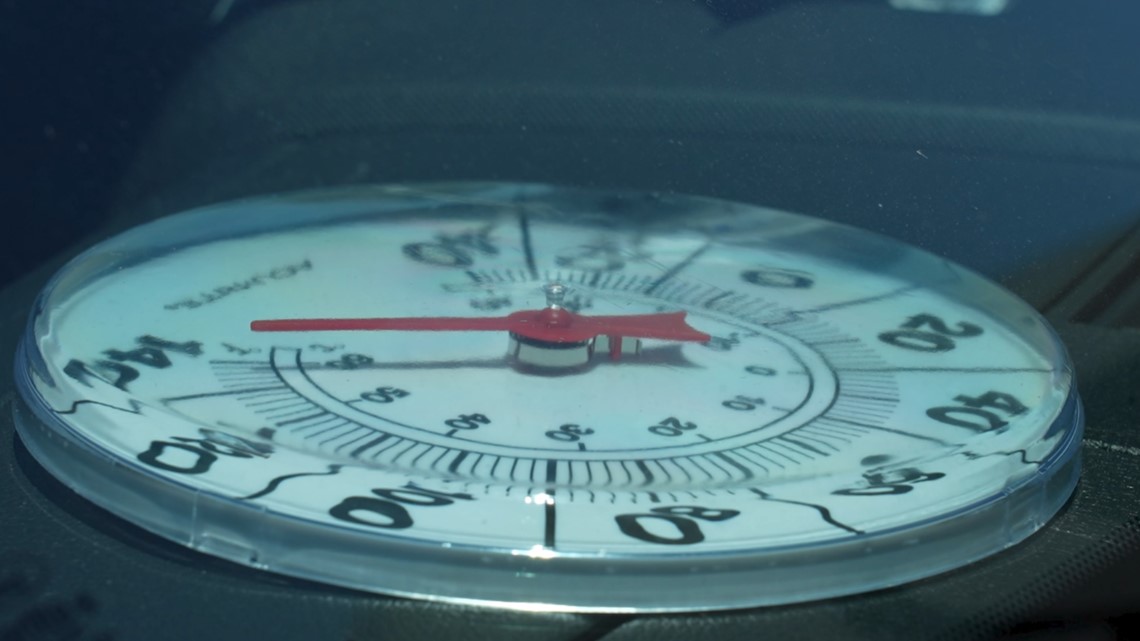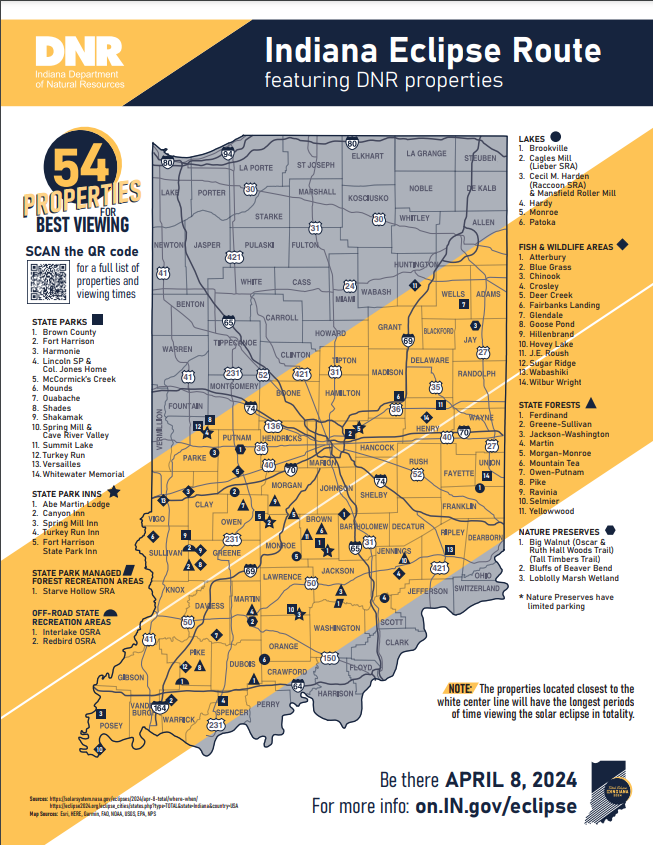The universe has always been a source of fascination for humanity, with its mysteries and wonders captivating our imagination. One of the most awe-inspiring events in the celestial world is a solar eclipse, where the moon passes between the Earth and the sun, blocking the sun's light and casting a shadow on our planet. On August 12, 2026, a significant solar eclipse will occur, and the National Solar Observatory/AURA has released an eclipse map to help us understand and prepare for this spectacular event.
What is an Eclipse Map?
An eclipse map is a graphical representation of the path of totality, which is the region on Earth where the eclipse will be visible in its entirety. The map provides crucial information about the timing, duration, and location of the eclipse, allowing observers to plan and make the most of this rare opportunity. The eclipse map for August 12, 2026, has been carefully crafted by the National Solar Observatory/AURA, taking into account the moon's orbit and the Earth's rotation to provide accurate predictions.
August 12, 2026 Eclipse: What to Expect
The solar eclipse on August 12, 2026, will be a partial eclipse, visible from parts of North America, Europe, and Asia. The path of totality will stretch across the northern United States, Canada, and Greenland, offering a unique chance to witness the eclipse in all its glory. The eclipse will begin at around 17:00 UTC and will last for approximately 2 hours, with the maximum eclipse occurring at 18:30 UTC.
Key Locations for Viewing the Eclipse
According to the eclipse map, some of the key locations for viewing the eclipse include:
Yellowstone National Park, USA
Banff National Park, Canada
Ilulissat, Greenland
These locations offer optimal viewing conditions, with minimal cloud cover and a clear horizon. However, it's essential to note that the path of totality is relatively narrow, and observers outside of this region will see a partial eclipse.
The eclipse map for August 12, 2026, is an invaluable resource for anyone interested in witnessing this celestial spectacle. By understanding the path of totality and the timing of the eclipse, observers can plan their viewing experience and make the most of this rare opportunity. Whether you're a seasoned astronomer or just a curious enthusiast, the solar eclipse on August 12, 2026, promises to be an unforgettable experience. So mark your calendars, grab your solar viewing glasses, and get ready to witness the awe-inspiring beauty of the universe.
Follow the National Solar Observatory/AURA for the latest updates on the eclipse and to access the eclipse map. Don't miss this chance to be a part of a celestial spectacle that will leave you starstruck!
Keyword: Eclipse Map, August 12, 2026, National Solar Observatory/AURA, Solar Eclipse, Celestial Spectacle









